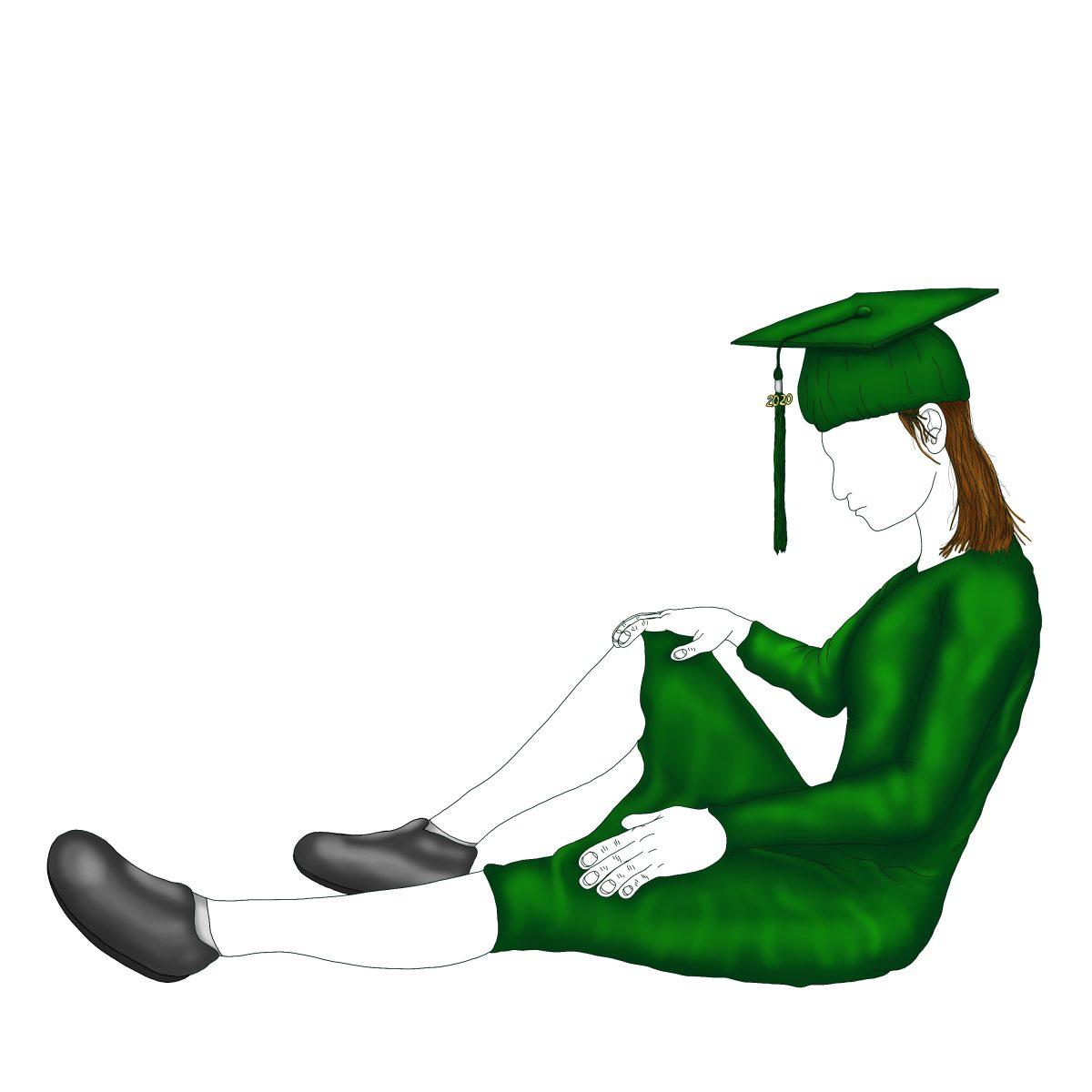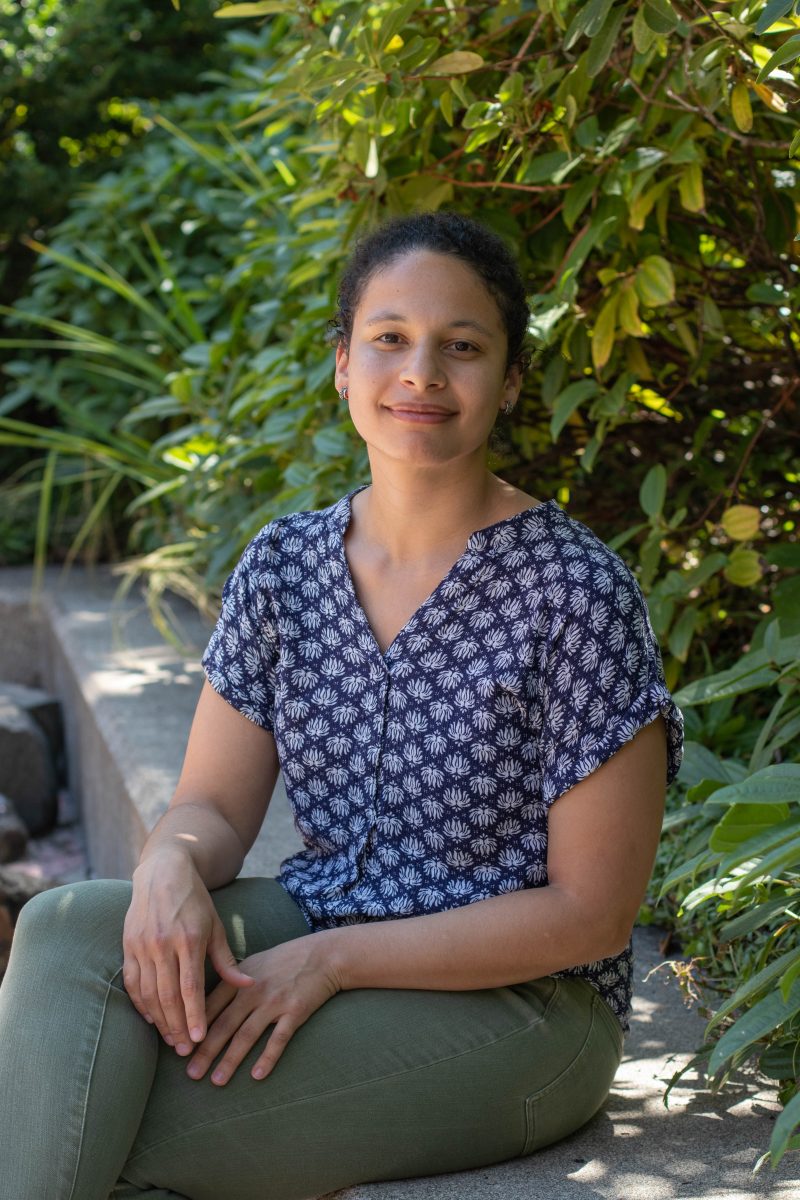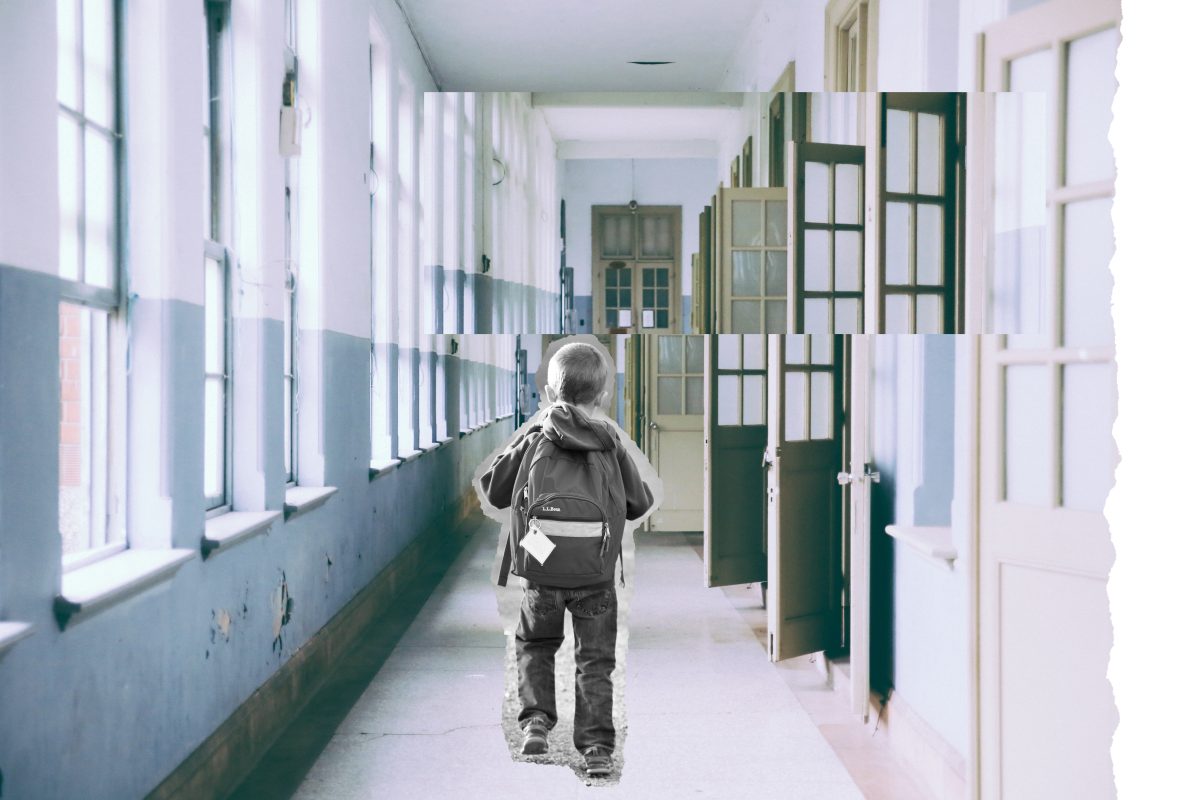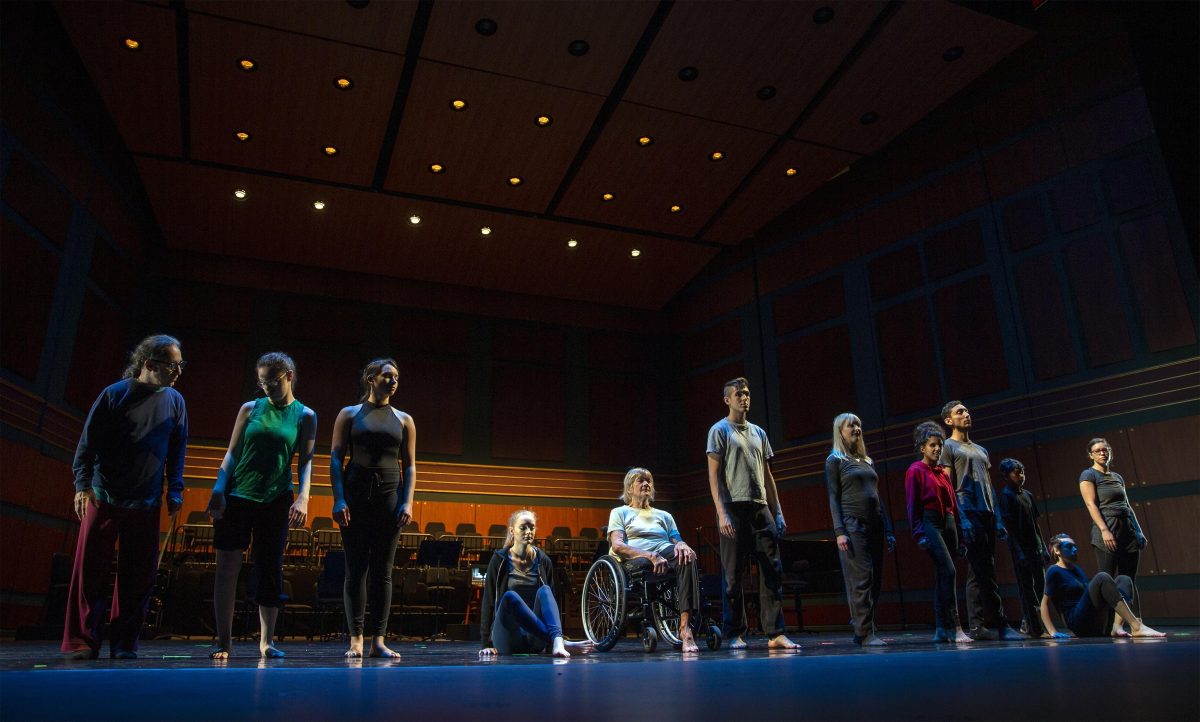Many high school seniors are grieving the loss of proms, senior sports seasons and commencements due to the coronavirus pandemic. But for other students, the closure of schools means more than missing out on these experiences — it means losing food security, routine and even shelter.
In March, Oregon Gov. Kate Brown declared that all schools in the state would be moved to remote online learning. Oregon’s Department of Education released Distance Learning for All, a program for Oregon’s school districts, to help parents and students navigate the rest of the school year remotely.
But for the many homeless students in Lane County, remote learning comes with challenging barriers. There were over 2,000 K-12 homeless students in Lane County in 2019, according to ODE.
The McKinney-Vento Homeless Education Assistance Act is a federal law that provides certain rights and protections to students experiencing homelessness. The McKinney-Vento Act’s Education of Homeless Children and Youth Program ensures that homeless children and youth are provided a free, appropriate public education, despite the lack of a fixed place of residence or a supervising parent or guardian, according to the ODE. As part of this program, every school district in Oregon has at least one homeless school liaison that provides assistance to both homeless families and youth. But because of COVID-19, these liaisons have had to switch to working remotely.
Some homeless students can’t complete their schoolwork because schools have closed, says Jade Chamness, a homeless liaison for the South Lane School District. Students are supplied with Chromebooks or hardcopy packets to do their schoolwork, but their work can be difficult to access remotely at the high school level, especially if they don’t have internet access.
“They might have a Chromebook, but they still live in a trailer out in a forest and don’t have access to a vehicle or money for gas to drive to a parking lot where they can jump onto school Wi-Fi,” Chamness says about some unhoused students’ situations.
Donna Butera, a homeless liaison from Bethel School District, agrees that working remotely has been a huge challenge for unhoused students. When students are at school they use their teachers, school counselors and liaisons for support, she says. Some homeless students over the age of 16 are eligible to live on their own without a legal guardian. But COVID-19 has made future living, schooling and financial situations uncertain for homeless youth.
“Some of them have been used to things being up in the air in their personal life, but they knew where their school counselor was, and I would come to talk to them at school,” Butera says.
Students rely on in-person interactions for guidance on the next steps towards graduating.
“They used to have us available five days a week to talk to,” Butera says. Without in-person support it has become challenging to navigate the next steps after graduating. “They usually have a lot of hands-on support. But now it’s more difficult.”
“School provides structure, stability and access to people who can help you. And that’s just gone for them,” she says. “We’re still here, but it’s hard.”
Financial concerns are impacting many students because of COVID-19. According to the State of Oregon Employment Department, the agency has received 396,000 unemployment claims since COVID-19 business closures began in mid-March. In Lane County alone, there have been 26,226 claims since March 15. In Oregon, there are tens of thousands of unemployment claims that remain unprocessed, and some people have been waiting for benefits for six or seven weeks.
Seniors who aren’t going to college or trade school after high school are focused on finding a job so they can financially support themselves upon graduation. But because of the pandemic, there are not a lot of jobs available. Butera says finding a job is one of the biggest concerns of homeless students she’s spoken with. “If they’re still living with their families and experiencing homelessness then there are financial constraints and pressures to contribute,” Butera says. “ If they’re on their own then they really need a job.”
Liaisons can help with basic needs such as food, clothing and toiletries. But teenagers also want to earn their own money to spend on themselves. She has been encouraging youth to apply for jobs such as working at grocery stores, and keeping her eyes and ears open for any job openings for them.
“We all really miss seeing them in person,” Butera says. “It’s easier to be understanding and listen and comforting when you can be with them.”
Although it’s harder without in-person contact, liaisons are trying to support their students in any way they possibly can.
In Cottage Grove, Chamness is collaborating with Rural Organizing Project, a statewide organization. Rural Organizing Project, in partnership with South Lane School District’s McKinney-Vento Program, launched a donation drive for food and basic need items to help youth who have been impacted by COVID-19.
Chamness also launched a GoFundMe to help raise money for food for homeless youth in Cottage Grove. The goal is to provide $50 grocery gift cards to every one of the 251 students who are currently facing homelessness. So far 62 people donated more than $2,500 toward the campaign.
The Cottage Grove Community Foundation has also donated $5,000 to South Lane School District’s McKinney-Vento Program for its students.
“It’s been really cool to see how the community has stepped in to support our kids,” Chamness says.
Illustration by Garrett Dare












![[Photo Courtesy of the Lara Family]
Ruben embraces his beloved childhood goat, Katrina.](https://ethos.dailyemerald.com/wp-content/uploads/2025/05/katrina-1-1060x1200.jpg)


